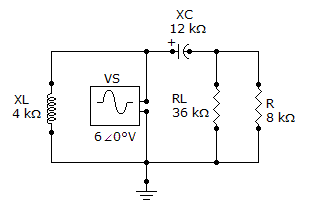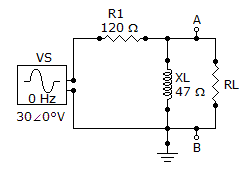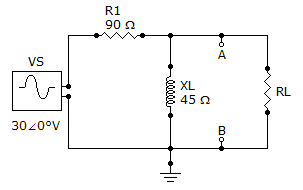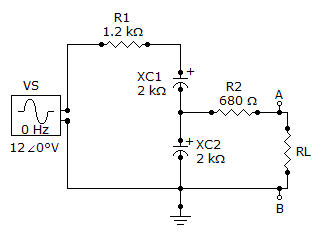EEE :: Circuit Theorems in AC Analysis
-
For the given circuit, find VTH for the circuit external to RL.

-
Referring to the given circuit, find ZTH if R is 15 k
 and RL is 38 k
and RL is 38 k .
. 
-
For the circuit shown, determine ZTH for the portion of the circuit external to RL.

-
Referring to the given circuit, what is ZTH if R1 is changed to 220
 ?
? 
-
Determine VTH for the circuit external to RL in the given figure.

-
Referring to the given figure, determine ZTH as seen by RL if R1 is changed to 3.3 k
 .
. 
-
The two basic components of a Thevenin equivalent ac circuit are
-
Referring to the given circuit, find ZTH if VS is 18
 0° V.
0° V. 
-
In applying the superposition theorem,


 Whatsapp
Whatsapp
 Facebook
Facebook

